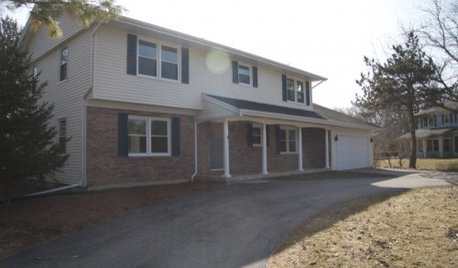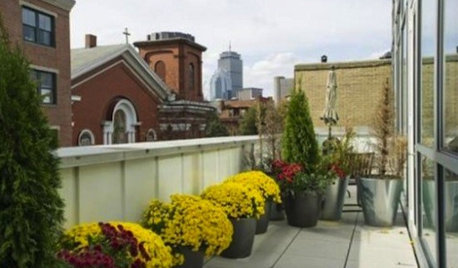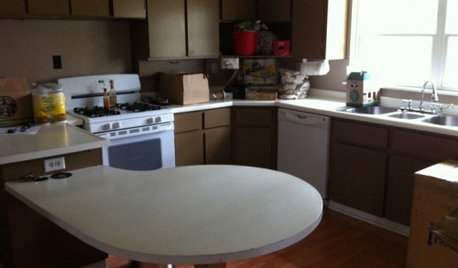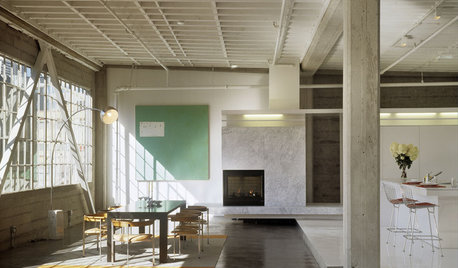More overwintering questions
granburyflowergirl
13 years ago
Related Stories

FEEL-GOOD HOMEThe Question That Can Make You Love Your Home More
Change your relationship with your house for the better by focusing on the answer to something designers often ask
Full Story
GARDENING GUIDESNo-Regret Plants: 5 Questions Smart Shoppers Ask
Quit wasting money and time at the garden center. This checklist will ensure that the plants you're eyeing will stick around in your yard
Full Story
REMODELING GUIDES9 Hard Questions to Ask When Shopping for Stone
Learn all about stone sizes, cracks, color issues and more so problems don't chip away at your design happiness later
Full Story
CURB APPEAL7 Questions to Help You Pick the Right Front-Yard Fence
Get over the hurdle of choosing a fence design by considering your needs, your home’s architecture and more
Full Story
5 Questions for Houzz Design Stars
Post Ideas for Updating an Exterior, Balancing an Off-Center Window and More
Full Story
5 Questions for Design Stars
Add Your Ideas for Outdoor Storage, Cheering Up a Fireplace and More
Full Story
Design Dilemmas: 5 Questions for Houzzers!
Post Ideas for Landscaping for a Modern Home, Updating a Rental and More
Full Story
Easy Green: 6 Must-Answer Questions Before You Buy
Thinking about buying ecofriendly furniture? For a truly environmentally conscious home, ask yourself these questions first
Full Story
REMODELING GUIDES13 Essential Questions to Ask Yourself Before Tackling a Renovation
No one knows you better than yourself, so to get the remodel you truly want, consider these questions first
Full Story







tapla (mid-Michigan, USDA z5b-6a)
granburyflowergirlOriginal Author
Related Professionals
Forest Acres Landscape Architects & Landscape Designers · Barrington Landscape Contractors · Brownsville Landscape Contractors · Gainesville Landscape Contractors · Gurnee Landscape Contractors · Lewisville Landscape Contractors · Saint John Landscape Contractors · West Chester Landscape Contractors · Freeport Solar Energy Systems · Fort Collins Window Contractors · Annapolis Window Contractors · Coral Shores Window Contractors · Glen Burnie Window Contractors · Madison Fence Contractors · Woodland Hills Fence Contractorstapla (mid-Michigan, USDA z5b-6a)
granburyflowergirlOriginal Author
gtippitt
greenman28 NorCal 7b/8a
granburyflowergirlOriginal Author